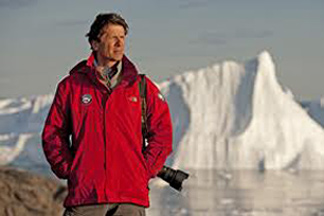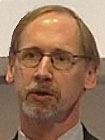Lawrence University is among the country’s top “green” colleges according to Sierra Magazine’s seventh annual “cool school” rankings released in the September/October edition of the environmental publication.

Lawrence was ranked 53rd nationally in the magazine’s list of 162 institutions, which included just four other Wisconsin colleges (UW-Oshkosh 30th; UW-Stevens Point 58th; UW-Green Bay 98th and Northland College 107th).
In compiling its ranking, Sierra relies on a point scoring system based on goals and achievements in 11 categories: co-curricular, energy supply, food, innovation, planning, purchasing, transportation, waste management, financial investments, water management and instruction/research. Possible points per category varied from 34 (purchasing) to 249 (energy) with a total maximum score of 1,000. Lawrence finished with a total score of 627.19.
The sustainability efforts that helped Lawrence’s ranking include:
• Obtaining 25 percent of all of its food use from local sources.
• 100 percent use of recycled paper on campus for photocopying and letterhead.
• Diverting 35 tons of kitchen waste to the on campus, student-run sustainable garden for composting.
• Generating 25,364 kilowatt-hours of electricity in the past year through solar panels on Hiett Hall , saving more than 40,000 pounds of carbon emissions.
• Initiating a $5 per student, per term sustainability fee, proposed and approved by students, last fall to support proposals for infrastructural changes contributing to the sustainable operation of the university.
• Operating a 120-foot, 50-kilowatt wind turbine at Björklunden, the college’s northern campus in Door County, that provides approximately 30 percent of the lodge’s energy. The turbine eliminates nearly 75 tons of carbon emissions per year and reduces annual electrical costs at the lodge by more than $8,400.
• Recycling more than 319 tons of construction and demolition materials (concrete, steel, wood, cardboard).
• Reducing water consumption by 27 percent since 2005 (base year).
“It’s always gratifying to be recognized for our sustainability efforts by Sierra Magazine,” said Gregory Griffin, director of the LEED gold-certified Warch Campus Center and longtime member of the University Committee on Environmental Sustainability. “It publicly underscores Lawrence’s commitment to being a more sustainable campus. But we’re certainly not complacent and want to do even better moving forward. A car share program and a partnership with a local biodigester to process post-consumer food waste are two of the new initiatives we’re planning to launch during the upcoming academic year.”
About Lawrence University
Founded in 1847, Lawrence University uniquely integrates a college of liberal arts and sciences with a nationally recognized conservatory of music, both devoted exclusively to undergraduate education. It was selected for inclusion in the Fiske Guide to Colleges 2014 and the book “Colleges That Change Lives: 40 Schools That Will Change the Way You Think About College.” Individualized learning, the development of multiple interests and community engagement are central to the Lawrence experience. Lawrence draws its 1,500 students from nearly every state and more than 50 countries. Follow Lawrence on Facebook.








